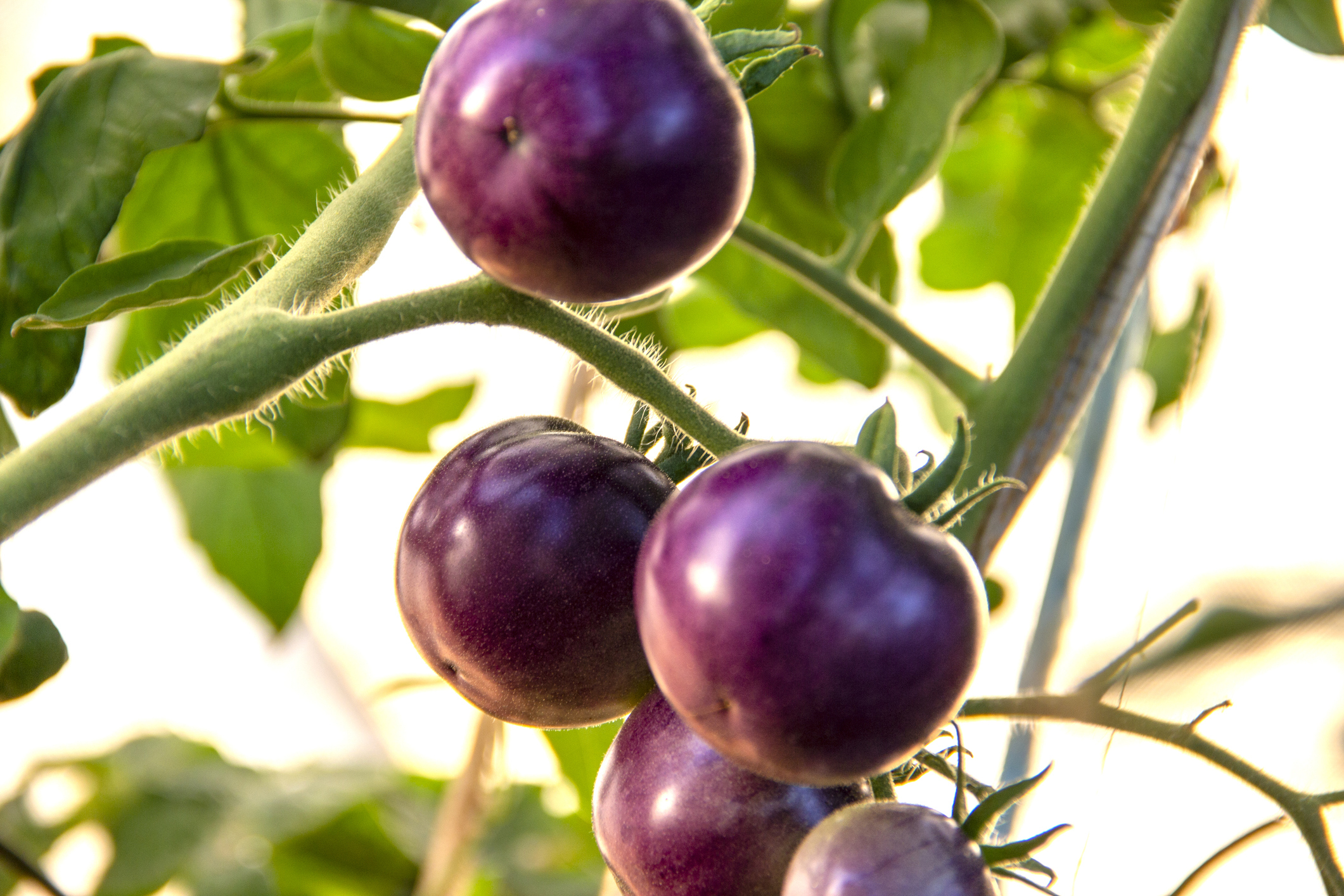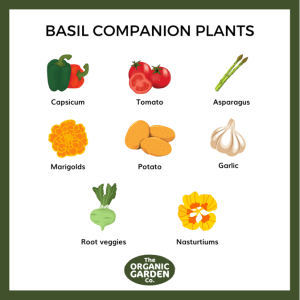What Makes Purple Cherry Tomatoes Unique?
Purple cherry tomatoes stand out due to their deep color and rich taste. These small, vibrant fruits contain high levels of anthocyanins, natural antioxidants that support overall health. Unlike regular red tomatoes, purple varieties offer a slightly sweeter and tangy flavor.
They come in various sizes, from small cherry tomatoes to larger beefsteak varieties. Some are heirloom types like Cherokee Purple and Black Cherry, while others are hybrids such as Purple Boy, offering improved disease resistance and longer shelf life.
These tomatoes also grow well in various climates, making them a favorite among gardeners. Popular varieties include Indigo Rose, Purple Bumblebee, and Midnight Snack. Each type has a unique balance of sweetness and acidity, enhancing salads, sauces, and fresh snacks.
Why Should You Grow Purple Cherry Tomatoes in Your Garden?
Growing purple cherry tomatoes has several advantages. They provide high nutritional value, including vitamins A and C, which promote good health. The rich color comes from anthocyanins, which help reduce inflammation and improve heart health.
These tomatoes are also visually appealing, adding beauty to any garden. Their compact size makes them perfect for containers, raised beds, or backyard gardens. In addition, homegrown tomatoes taste fresher and contain no harmful pesticides.
Certain varieties, such as Black Cherry, thrive in hot climates, while disease-resistant options like Purple Boy simplify gardening by reducing common plant health issues.
Learn more about determinate and indeterminate tomato varieties to choose the best type for your needs.
How to Start Growing Purple Cherry Tomatoes?
Choosing the Right Seeds & Soil
Select high-quality seeds from a reputable source. Heirloom and hybrid varieties are available, each with unique benefits. Use well-draining, nutrient-rich soil with a pH between 6.0 and 7.5 to support healthy growth. Adding compost can improve soil quality and drainage.
Planting & Germination Process
Start seeds indoors 6–8 weeks before the last frost. Use seed trays with moist potting mix and keep them in a warm area (70°F–80°F). Once seedlings develop two true leaves, transfer them to larger containers. Harden them off before transplanting them outdoors when temperatures reach 60°F or higher.
Learn how to save tomato seeds for next year to ensure a continuous harvest.

What Are the Key Steps to Caring for Purple Cherry Tomato Plants?
Watering & Feeding Needs
Water regularly, keeping the soil consistently moist but not soggy. Deep watering encourages strong root development. Provide 1–2 inches of water per week to prevent fruit splitting and blossom-end rot.
Use organic fertilizers or compost every 2–3 weeks to boost growth. Start with a low NPK fertilizer (e.g., 5-10-5) in early growth stages and switch to a high phosphorus and potassium mix (e.g., 6-24-24) during fruiting.
Sunlight & Temperature Requirements
Purple cherry tomatoes need at least six hours of direct sunlight daily. They thrive in temperatures between 70–85°F (21–29°C). Protect them from extreme heat by using shade cloths if necessary.
Pruning & Supporting the Plants
Prune lower leaves to improve air circulation and prevent disease. Use stakes, cages, or trellises to support vines and keep fruit off the ground. This helps prevent rotting and improves yield.
Single-stalk pruning encourages tall growth, while multiple-stem pruning creates bushier plants with more fruiting branches.
What Challenges Do Growers Face and How to Overcome Them?
Common Pests & Diseases
Aphids, hornworms, and spider mites can attack plants. Use neem oil or introduce beneficial insects like ladybugs to control pests. Watch for signs of blight or mold, and remove affected leaves immediately. Crop rotation helps prevent soil-borne diseases.
Soil and Weather-Related Issues
Ensure good drainage to prevent root rot. Mulch around plants to retain moisture and regulate soil temperature. In colder climates, use row covers to protect young plants from frost.
Blossom-end rot, caused by calcium deficiency and inconsistent watering, can be prevented by maintaining steady soil moisture. Sunscald, which creates brown, scaly spots, occurs from excessive sun exposure—provide partial shade in extreme heat.
Find out if tomatoes are low FODMAP to ensure they fit your dietary needs.

When and How to Harvest Purple Cherry Tomatoes for Best Flavor?
Harvesting at the right time ensures the best taste. Ripe purple cherry tomatoes have a deep color and slightly soft texture. Gently twist the fruit off the vine or use scissors to avoid damaging the plant.
Cherokee Purple, for example, turns dusky red with green shoulders when fully ripe, while Indigo Rose develops a dark purple hue with a red base.
Storage Tips
Store fresh tomatoes at room temperature for up to five days. Avoid refrigeration, which can affect flavor. Overripe tomatoes can be preserved by canning, drying, or freezing for long-term use.
Growing Cherry Tomatoes in Urban Agriculture
Dr. ML Richardson and Dr. CG Arlotta studied cherry tomato cultivars in urban systems. Their research highlights traits that help these tomatoes grow well in city environments, offering a sustainable farming option. For more details, read the full study by Dr. Richardson and Dr. Arlotta here.
Ready to Start Growing Purple Cherry Tomatoes
Growing purple cherry tomatoes is rewarding and simple with the right steps. Choose quality seeds, provide proper care, and enjoy a delicious homegrown harvest. Start your garden today and experience the benefits of fresh, organic tomatoes!
Certain varieties require extra staking due to large plant size, while others, like Black Cherry, grow well in warm conditions. Growing cherry tomatoes offers a shorter growing season (50–65 days) compared to larger tomatoes. Whether you plant in gardens, raised beds, or containers, these vibrant tomatoes will enhance your gardening experience.
FAQs About Growing Purple Cherry Tomatoes
How long does it take to grow purple cherry tomatoes?
Most varieties take 50–65 days from transplanting to harvest. Growth time depends on the variety and climate conditions.
What is the best way to water purple cherry tomato plants?
Water deeply 1–2 inches per week to keep the soil consistently moist. Avoid overhead watering to prevent fungal diseases.
Do purple cherry tomatoes need full sun?
Yes, they require at least 6–8 hours of direct sunlight daily for healthy growth and optimal fruit production.
How can I prevent pests and diseases on my plants?
Use natural pest control methods like neem oil or companion planting. Crop rotation and pruning help prevent common fungal infections.
When is the best time to harvest purple cherry tomatoes?
Harvest when the tomatoes develop a deep purple hue and feel slightly soft when gently pressed. Use scissors to avoid damaging the plant.





